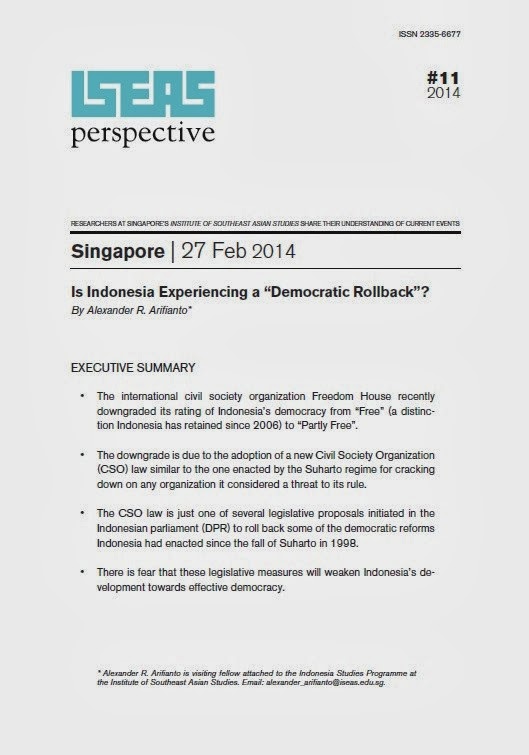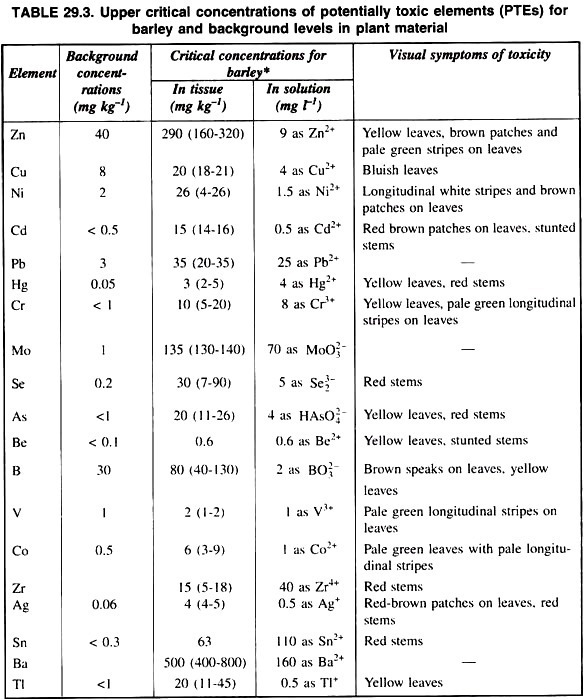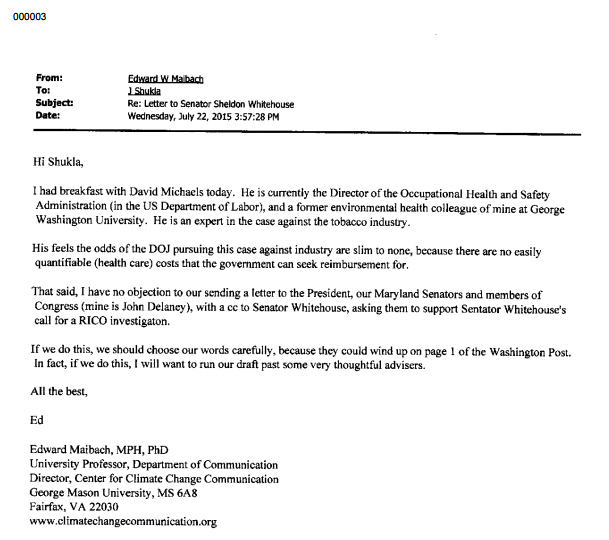Biodegradable Plastis Essay - 1682 Words.
Such substances which can be easily broken down by the action of bacteria are named as biodegradable substances. Other substances or material like plastics, metallic cans and pesticides which cannot be broken down easily by biological processes are named as non-biodegradable substances.The waste materials that cannot be decomposed to simple, non-poisonous substances in the nature are called non-biodegradable waste materials. For example, plastic, polythene bags, synthetic fibres, glass objects, metal articles like aluminium cans, silver foils, certain detergents, fertilizers, pesticides like DDT and radioactive wastes. For instance, DDT is a non-biodegradable waste.Biodegradable and Non-Biodegradable Substances. Sustainable living is a way of life that aims to inculcate the habit of living in such a way that it leaves the least amount of carbon footprint possible. It basically attempts to reduce an individual’s and the society’s misuse of the Earth’s natural resources and personal resources by changing methods of energy consumption, transportation.
Biodegradable waste includes any organic matter in waste which can be broken down into carbon dioxide, water, methane or simple organic molecules by micro-organisms and other living things by composting, aerobic digestion, anaerobic digestion or similar processes. In waste management, it also includes some inorganic materials which can be decomposed by bacteria.The earth is fast becoming a junk yard of plastic; metal and e-waste that are non biodegradable and this can cause serious repercussions in the climatic and living conditions of this planet.
Features of biodegradable polymers Unlike most plastics, biodegradable polymers can break down in the environment with the help of microorganisms such as bacteria or fungi. The polymer is usually considered biodegradable, if all of its mass is decomposed in soil or water for a period of six months. In many cases, the decay products are carbon.












